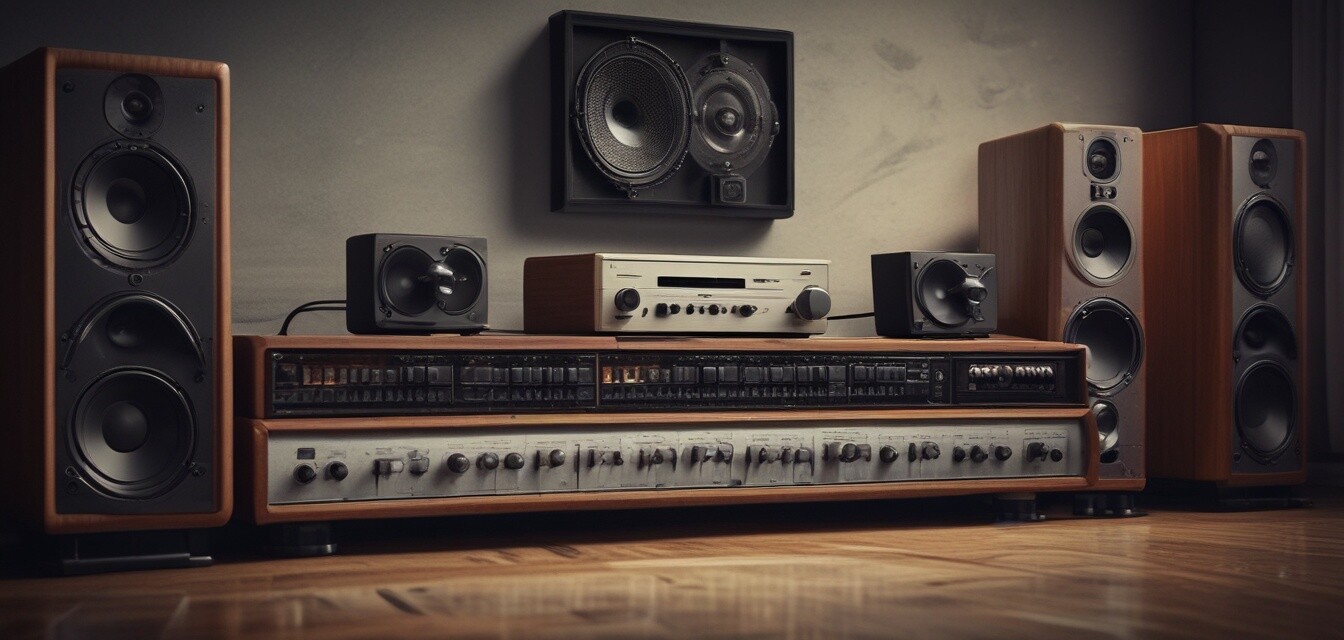
Tips for Properly Calibrating Your Sound System
Key Takeaways
- Calibration enhances sound quality for a better listening experience.
- Use a calibration microphone to accurately assess your environment.
- Tune speaker placement and settings for optimal audio performance.
- Regularly recalibrate your system to adapt to changes in your space.
Properly calibrating your sound system is essential to achieving the highest audio quality. Whether you're setting up a home theater or enhancing your music experience, following these essential techniques will help you get the most out of your audio system. Let’s dive into how you can calibrate your sound system effectively.
Why is Calibration Important?
Calibration is the process of adjusting your sound system to ensure it delivers the best audio experience based on your specific environment. Proper calibration can prevent issues like:
- Uneven sound distribution
- Excessive bass or treble
- Sound delays
Basic Steps for Calibrating Your Sound System
| Step | Description |
|---|---|
| 1. Assess your room | Evaluate your space to identify any obstacles or reflections that might interfere with sound. |
| 2. Speaker Placement | Position your speakers correctly, ensuring they are at ear level and away from walls. |
| 3. Connect a Calibration Microphone | Utilize a calibration microphone to accurately measure sound levels throughout your space. |
| 4. Use Calibration Software | Apply software that can analyze the sound and adjust settings accordingly. |
| 5. Test and Adjust | Play test audio to evaluate performance and make necessary adjustments. |
Utilizing a Calibration Microphone
A calibration microphone is an effective tool for measuring the audio output of your speakers. Here's how to use one:
- Place the microphone at your listening position.
- Run the calibration software, which will typically generate sound from each speaker.
- Analyze the audio data to understand how each speaker is performing.
Tips for Effective Calibration
- Calibrate in the prime listening position where you'll be most often.
- Consider using a sound level meter app on your phone for a quick check.
- Adjust speaker distances and levels according to the software's recommendations.
- Recalibrate periodically, especially after changing furniture or sound equipment.
Speaker Placement Tips
The placement of your speakers plays a crucial role in achieving optimal sound quality. Here are some tips:
| Speaker Type | Placement Tips |
|---|---|
| Front Speakers | Place them at eye level, 30-45 degrees from the listening position. |
| Surround Speakers | Position them slightly above ear level and 90-110 degrees to the listening position. |
| Subwoofer | Experiment with placement; corner position typically boosts bass output. |
Common Calibration Mistakes to Avoid
When calibrating your sound system, avoid these common pitfalls:
- Not accounting for room acoustics, such as hard surfaces that reflect sound.
- Ignoring speaker and listener distance adjustments.
- Skipping regular recalibrations after changes in your setup.
Enhancing Your Calibration Skills
For deeper insights into audio calibration, consider checking out other technologies that complement the calibration process:
- Home theater systems can enhance your overall audio experience.
- Soundbars are ideal for easier calibration with built-in technologies.
- Audio accessories can aid in achieving a more tailored sound calibration.
Pros
- Improves sound quality significantly.
- Increases audio fidelity and clarity.
- Personalizes sound to fit your environment.
Cons
- Calibration can be time-consuming.
- Requires technical skills for best results.
- May need additional equipment for accurate readings.
Final Thoughts
Calibrating your sound system is not just about making adjustments; it's about creating a customized audio experience that suits your environment and preferences. By following the above steps and tips, you'll be well on your way to enjoying a much richer and immersive sound quality.
For more helpful guidance on buying speakers and audio systems, visit our Buying Guides section.